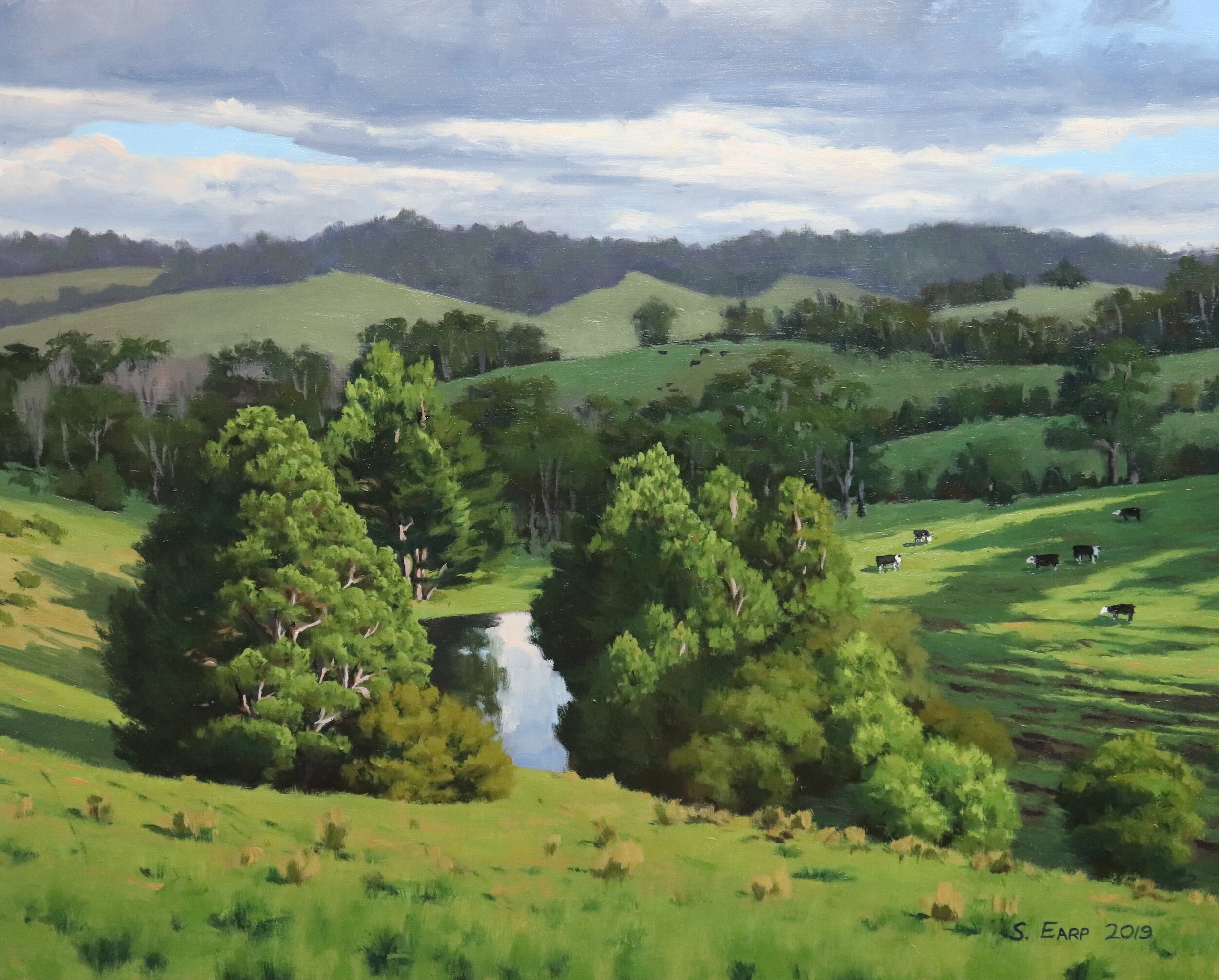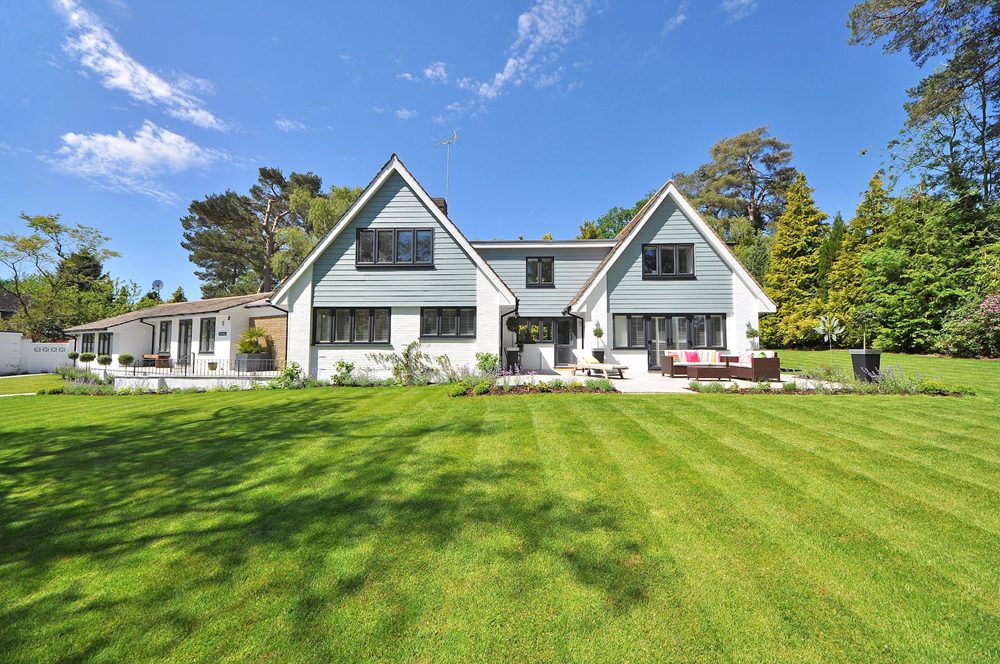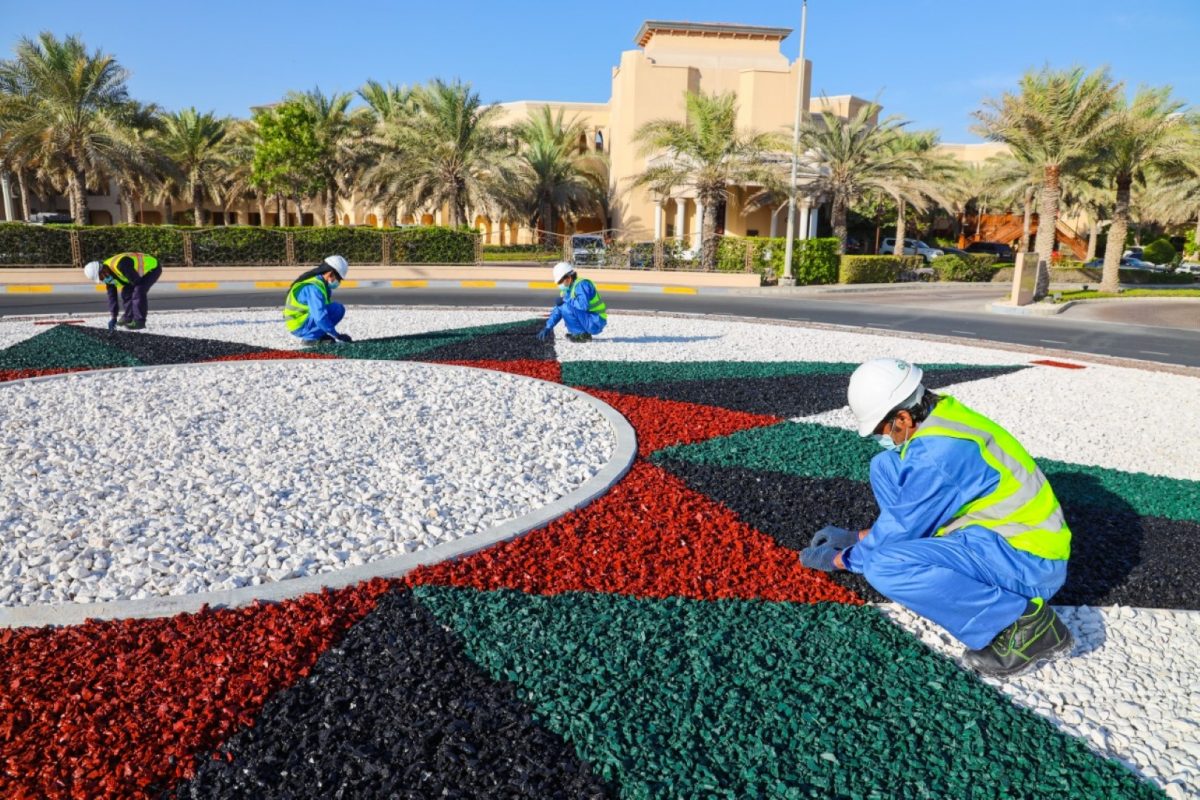Reaching New Heights: Vertical Elegance in Landscaping Designs Unlock the potential of your outdoor spaces with the creative and space-saving...
Sustainable landscaping
Unveiling the Beauty: Junk-to-Art Landscaping Delight Junk-to-art landscaping is a creative and sustainable approach that transforms discarded materials into captivating...
Sustainable Landscaping: Eco-Friendly Practices for Vibrant Spaces Creating a harmonious and eco-friendly outdoor space is not only aesthetically pleasing but...
Upcycled Wonders: Transforming Landscapes with Sustainable Materials Landscaping has evolved beyond the traditional use of materials, paving the way for...








